

Documenting Visibility: Representation and Exclusion across Borders
2020-09-22

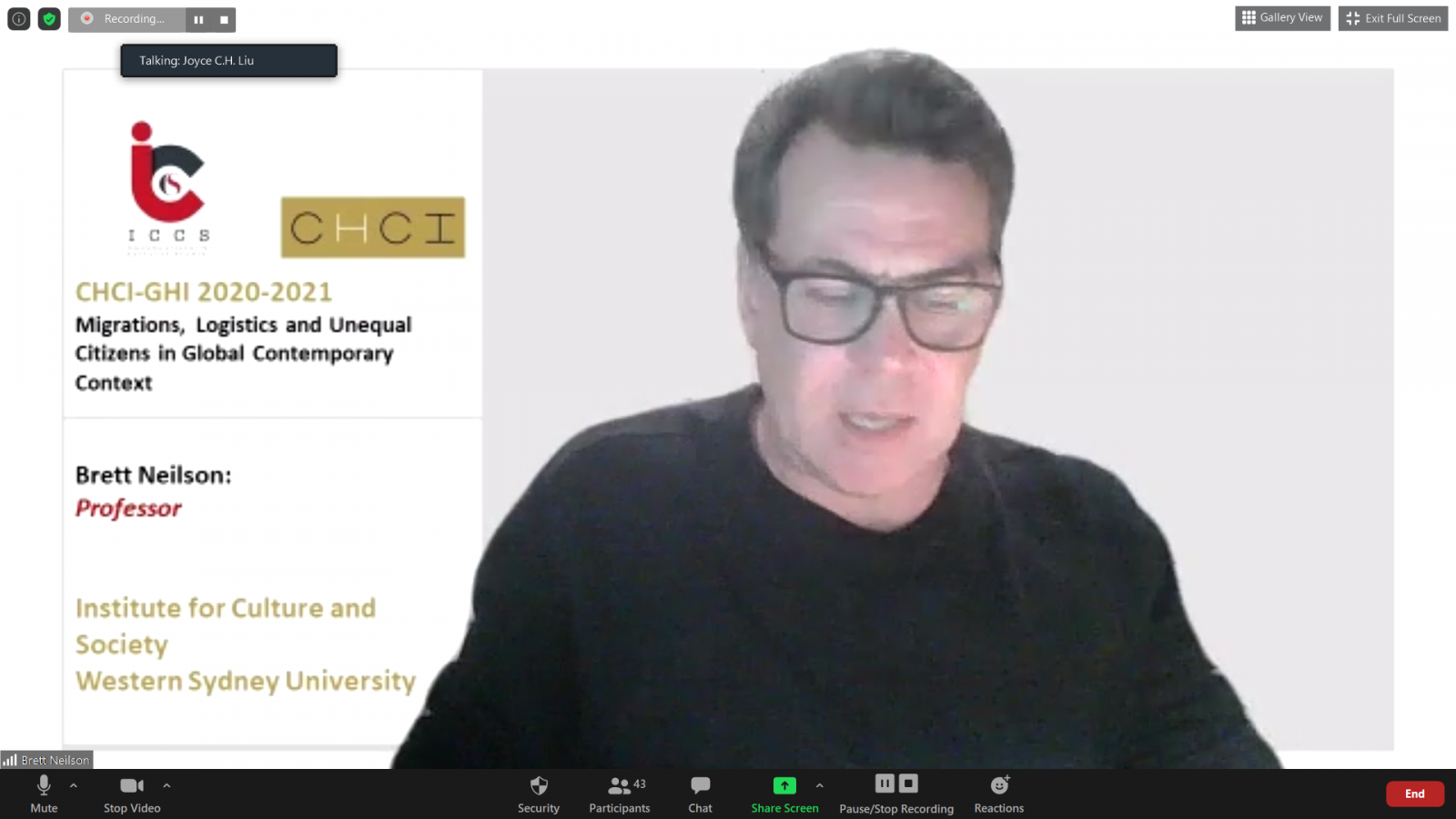

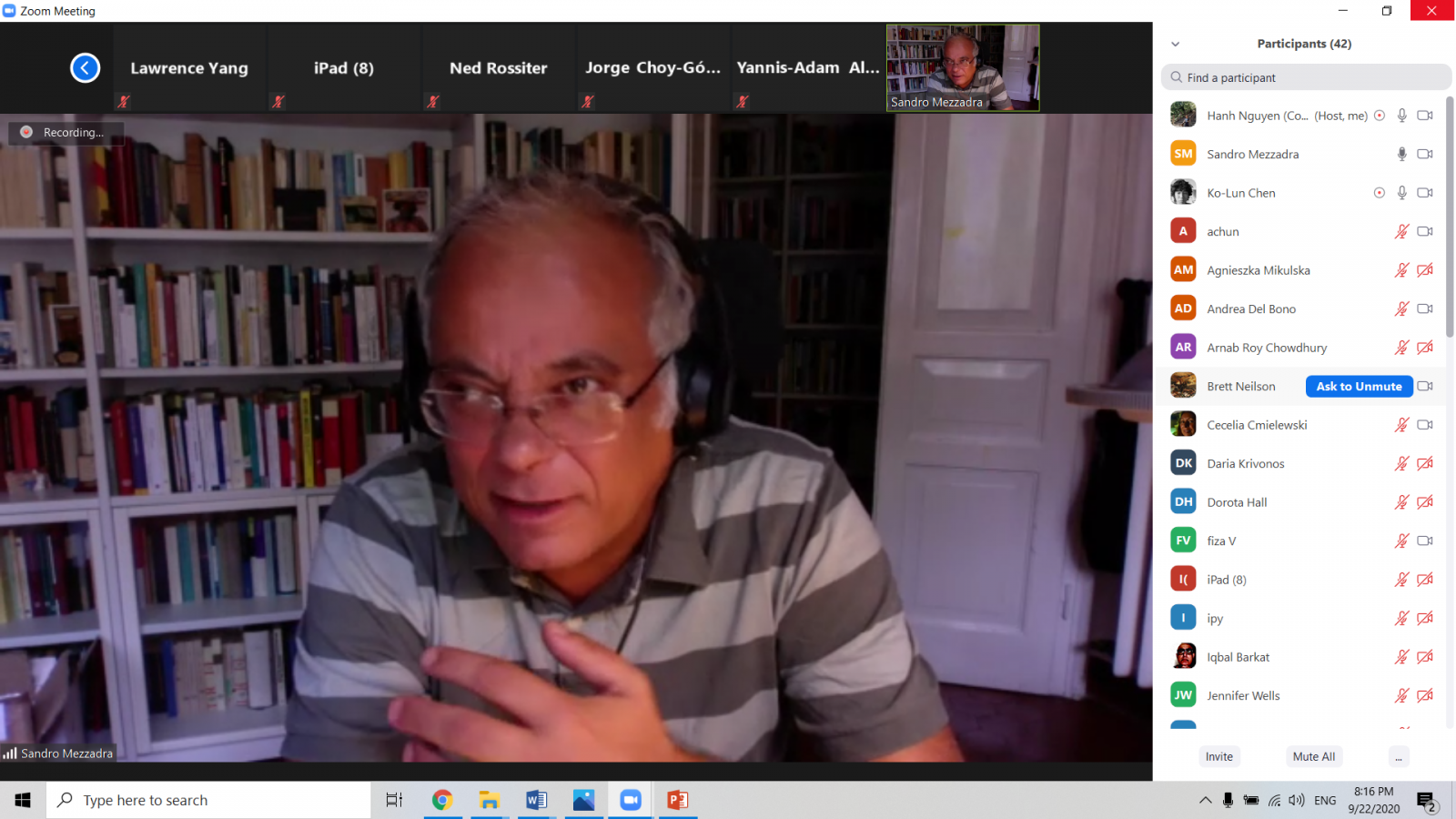
Documenting Visibility: Representation and Exclusion across Borders
Dr Pallavi Narayan
Ph.D. Indian Institute of Technology
CHCI-GHI Member
The first webinar of the CHCI-Global Humanities Institute 2020–2021 began with the GHI participants, speakers, and researches from the partner institutes across time zones. Post a round of introductions by the GHI organizing team at National Chiao Tung University, Taiwan, Sara Guyer, President of the CHCI and Professor, Department of English, University of Wisconsin-Madison, presented the vision and mission behind the programme—that of multilingual, cross-institutional, and truly interdisciplinary research—was being fulfilled in this pivotal moment online. Stating that she admires the work that has been ongoing across generations, she was pleased to see both early-career scholars and senior scholars working on a challenge bigger than any of us can tackle individually.
Joyce C.H. Liu, as Director of the host institution, introduced the organization of this GHI in 2018 with her team and co-PIs from different universities, and presented the rationale behind the theme: that migrants’ and refugees’ condition is the most precarious in the 21st century, and that the tripartite structure of migration, logistics and unequal citizens could help articulate the complexity of the problem. She explained how the 2020 summer school was planned with speakers and recommended reading lists for the participants, that due to the outbreak of the COVID-19 pandemic, the summer school has been postponed to 2021, and the monthly webinars will keep participants and speakers connected. Mentioning how this pandemic has exacerbated migrant and refugee workers’ vulnerable conditions, and exposed local governments’ frailty and malfunctioning in different countries, she elaborated on the formation of groups based on projects to have an ongoing research team in a broad sense, and that collaborations and support systems between the participants may be the outcome.
Liu’s presentation, titled “Global Governance + Global Civil War?: What Comes after the Lockdown?” unpacked the key concerns of the webinar: exacerbation; life zone versus death zone; the recurrence of colonial governance paradigms; and lines of future research. Taking the case of Southeast Asia, she utilized a map that serves as a visual and spatial index, pointing to the vulnerable hotspots with specific numbers of COVID-19 cases from Indonesia, The Philippines, Malaysia, Bangladesh, and Singapore. She considered the politico-geographical conditions of the lockdown to discuss how this pandemic exposed the recurrence of this colonial government mentality, taking into account the frailty of the public care system, militarization of border control and lockdown policy, intensification of xenophobic antagonism and social conflict, and social congress. On the surface, she noted that it seems that there is no engineering mechanism or logistics chain that guides the path of the contagion; the invisible virus crosses almost all borders, and the vulnerable areas display a poverty gap within a country, particularly in the metropolis. She pointed to a need to look into the effect of this pandemic on societies with regard to a politics of denial in a historical context, such as the practice of martial law initiated in Spanish colonial rule in 1871 in The Philippines, for example, or British colonial rule in Malaysia. Liu further observed that the racial segregation of migrant workers in Southeast Asian countries is symptomatic of government technology to repress dissident voices, and have a racialized plan of division and mechanism of society security. She concluded by asserting that social stratification is a residue of colonialism in a reverse manner, and activates the community censor system and stranger effect, resulting in a new global civil war and emerging divide between citizens and non-citizens within the city. Ultimately, she called for an alternative logistics of the common.
Brett Neilson, building on Liu’s arguments, added a key phrase that is now in the global lexicon: the “new normal,” asserting that this pandemic showcases the techniques and technologies of a strange colonial government that are being experimented with in heterogeneous ways across the world’s diverse geographies. He asked the audience to think about this phrase in correlation with “exacerbation,” in the sense of tendencies that have already been unfolding in the contemporary world system, particularly in the case of migration and conflictual normalities and norms around border crossing. Border hardening and softening, re- and de-nationalization, border mobility and fixity, in terms of territorial borders between nation-states, but also internal borders in urban space, and a rethinking of nation and nationalism were concepts he brought into play in his lecture. Analysing the perspective of logistics, he mentioned that it seems to be a cold approach as regards questions of capital, migration and labour in the last decades. Bringing to the audience’s notice the Marxist view of labour power as an embodied commodity, he introduced the concept of logistification of migration—the controls and abilities to turn back workers exposed to forms of contagion and vulnerability—that has been exacerbated in the pandemic and is part of colonial governmentality developing in different directions. Recognizing that the pandemic has created situations that would have been termed uninhabitable but are now unlivable is imperative, as is the hustle for survival and struggle in these unlivable spaces. Neilson asked for a re-imagination of the central trope of contagion in alternative ways: as temporal contagions, political resistances, and acts from previous struggles and actions of survival from the vast archive of colonial resistance.
Next, Ranabir Samaddar brought forward the idea of the borders of an epidemic: how the epidemic is not only accentuating and reinforcing certain borders but is creating borders that we are not ready for (e.g., in neoliberal economy, politics, etc.). He observed that the notion of public health developed alongside the idea of urban governance, and that the general liberal idea is to strengthen public health to cope with the pandemic. However, this leaves out the enormity of undocumented, illegal migrants who are not perceived as forming a part of the public. Invoking Foucault, the epidemic of 1918, and administrative memory from colonial times, he raised the question of biopolitics of an epidemic that combines both its borders and burdens: deciding on categories of productive and non-productive populations, and deciding whom of the non-productive would be jettisoned or sacrificed to ensure the productive sections of population, thus strengthening continuity of neo-Malthussian rule. He ended his talk by asserting the necessity of noticing migrant visibility and invisibility, i.e., differential visibility in a study of migrants, logistics and unequal citizens, and that the borders, burdens and biopolitics of an epidemic are three distinct trajectories to carry out research on.
Sandro Mezzadra brought into discussion logistical and delivery rationality that increasingly shades the way in which migration borders are managed. He remarked that the pandemic has brought about a new economy of mobility and demobility that challenges established political frameworks while dealing with the entrenchment of existing processes. Commenting on how migrants, the most mobile subjects, have been often compelled to forced mobility, Mezzadra mentioned the slowdown of the logistics machine, which has opened up a field of experimentation and transformations that deserve close analysis. He pointed to unequal lives in context of the violently selective impact of the pandemic in many parts of the world. The dissemination of the coronavirus has been rapid, prompting the sudden emergence of global crisis and shedding light on a panoply of borders, both internal and external. He too mentioned that colonial legacy has shaped the effect of the virus disproportionately across communities, and that this combination of homogeneity and heterogeneity is an aspect of global processes. The most affected populations have also managed to display the most striking cases of resistance against existing and newly introduced structures alike.
A productive discussion between the speakers followed the lectures, after which the floor was open for questions from the GHI participants. The lectures were rich in building on concepts and ideas, and added to my reflections on the reading material. The questions that arose in my mind revolved around representation and alienation. I was curious about modes of exclusion in the solidarities emerging during the pandemic—both in neighbourhoods as well as city communities—and the exclusion of workers, for instance, many of whom would be migrants. This tied in with Samaddar’s comments on differential visibility in urban areas. In parallel, I wondered about the politics of inclusion at play in the highlighting of certain migrants as representative of “their communities,” and consequently receiving individual assistance, media attention and networking opportunities while there appears to be an invisible-ization of the vast number of migrant labour. The discussion had me curious about the maladies and treatment of female migrant workers and those with disabilities, and recalled for me an exhibit at the Aga Khan Museum, Toronto on the freedom that female migrants can experience in their new community or sub-communities. Similarly, the implications of herding migrant labour into dormitories or ships recalled for me the story of Kunta Kinte in Roots by Alex Haley (1976), as well as mixed-media paintings of slave ships in the Museum of Goa, India. Reflecting on the “proliferation of borders,” as Mezzadra and Neilson term it, and viewing it in the context of migrants crossing internal borders, they experience alienation not only from the place of origin but also from temporary homes they have precariously created and alienated from in their own country. It would be important to contemplate the psychological borders and territorial delimitations of migration, and how these evolve throughout the migrant's life as it develops in a “new” country—which could refer to a place within the nation-state or without. The webinar left me negotiating my own space within the cultural imaginaries that I inhabit, and the politics of the privileges that I have facilitated or been enabled to facilitate, and how strongly the governance of economics enters the picture. With the webinar concluding on a note of hope for collaborative research along the themes that the speakers engaged with, I look forward to deliberating on such concerns as the GHI proceeds.
近期新聞 Recent News
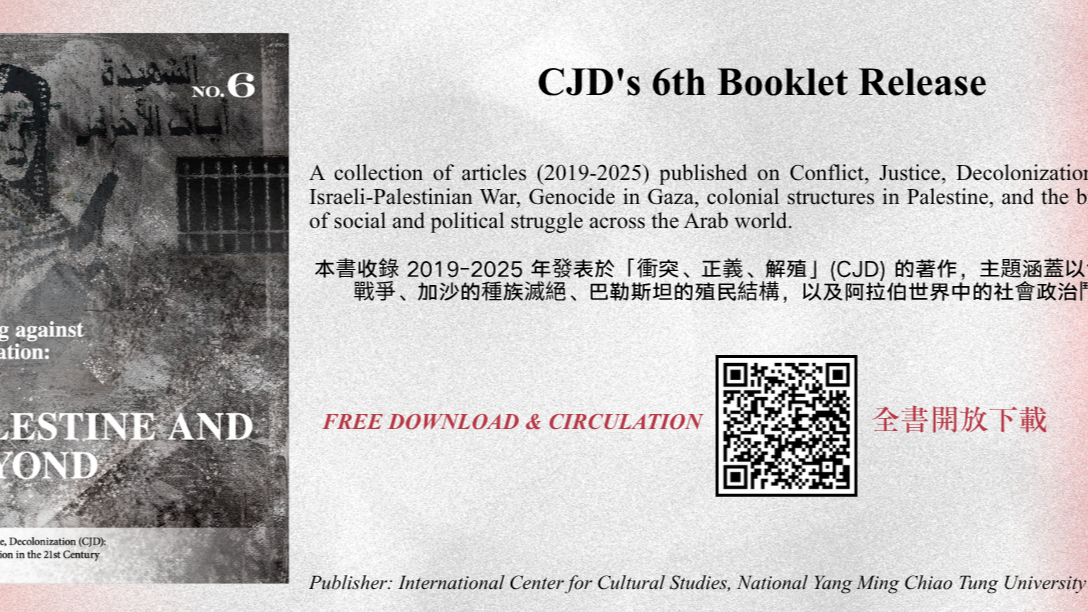
New Publication | Writing against Occupation: Palestine and Beyond (CJD Booklet No.6)
2025-11-12
more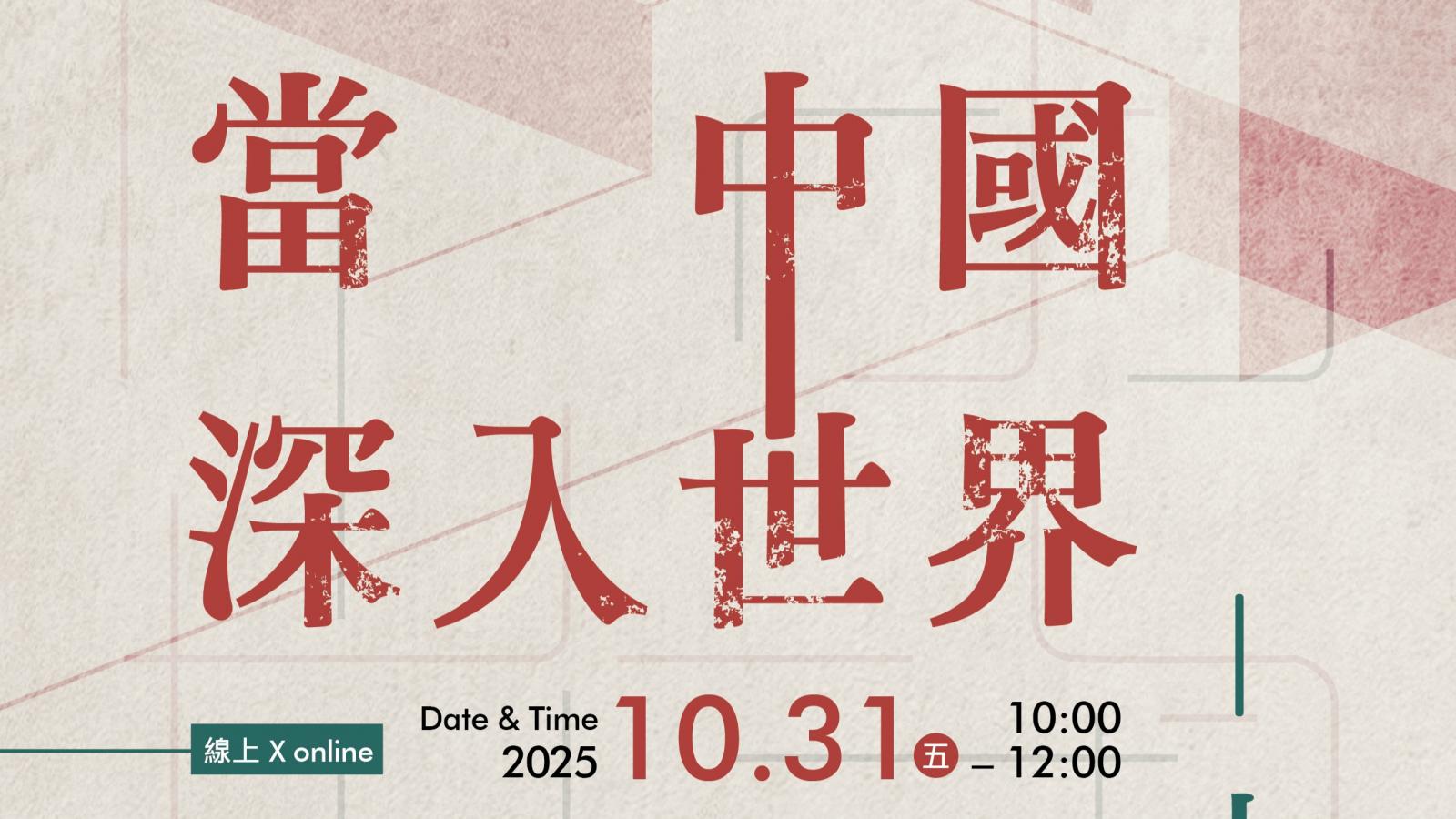
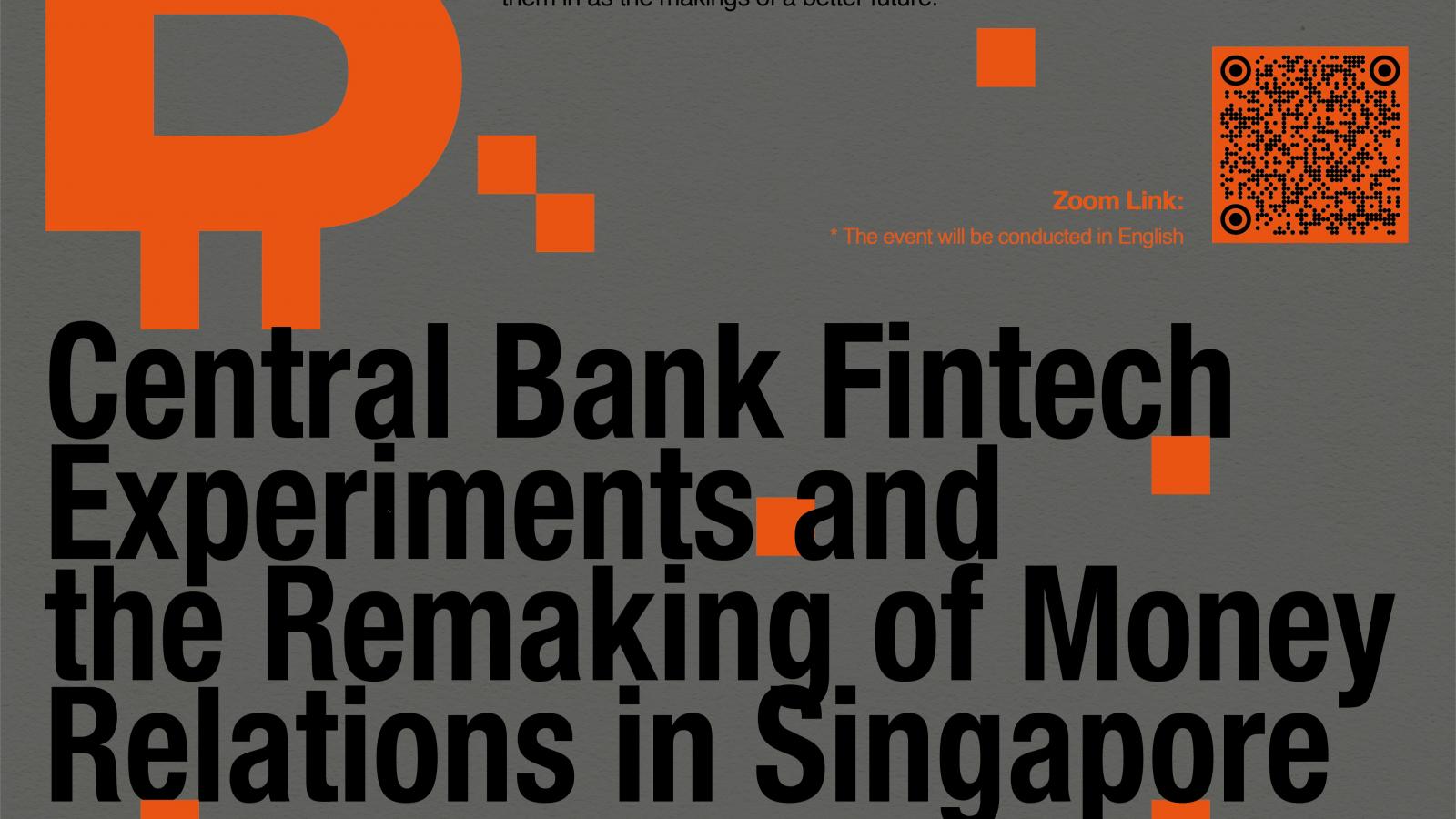
側記|Central bank fintech experiments and the remaking of money relations in Singapore
2025-10-22
more